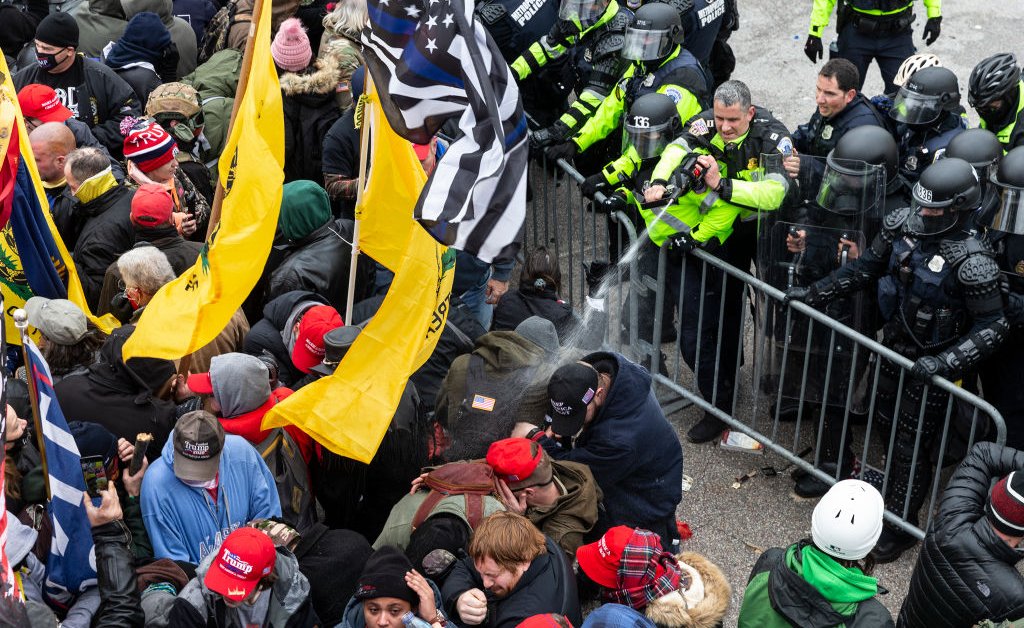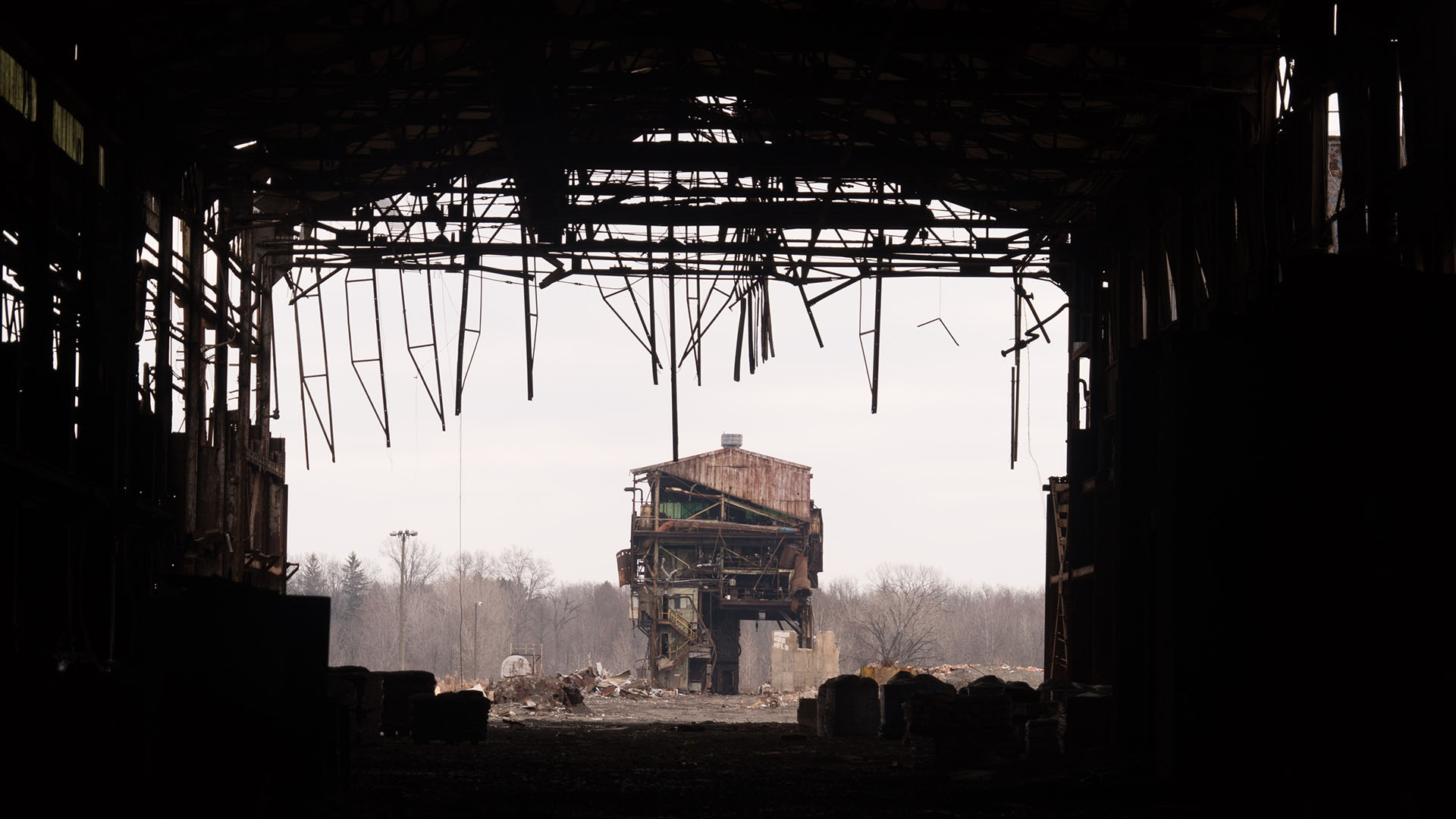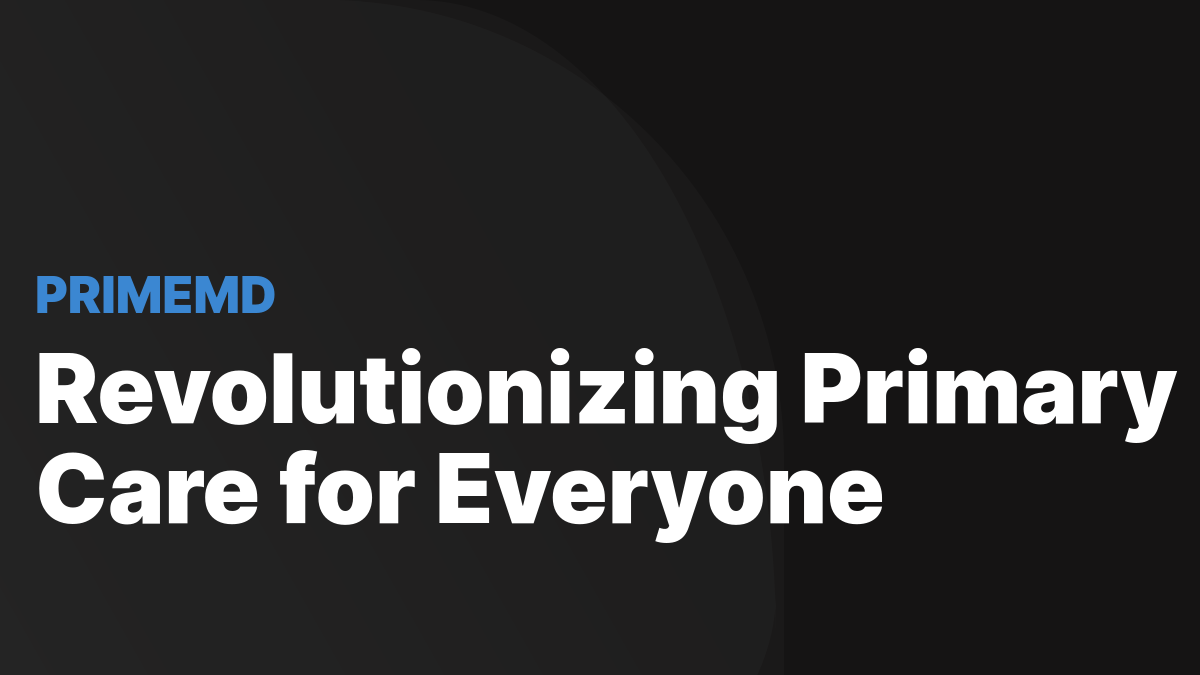
The U.S. Capitol Riot Was Years in the Making. Here's Why America Is So Divided
T here is no advanced industrial democracy in the world more politically divided, or politically dysfunctional, than the United States today. How did the world’s most powerful country get to this point? To paraphrase a great American writer—slowly, then suddenly. The Capitol riot was not just years in the making, but decades. That’s because of three distinct features of American society that have been ignored by U.S. politicians for far too long: the enduring legacy of race, the changing nature of capitalism, and the fracturing of our collective media landscape.
Begin with race; the U.S. is far from unique in having a troubled history with race relations. But it has been particularly slow to address the structural legacy of that racism—it took nearly a century following the end of the Civil War for the 1964 Civil Rights Act to get passed, to cite just one example. Steps have been taken in recent decades to begin addressing this legacy in earnest, from anti-discrimination laws to affirmative action efforts. It has worked to bring Black Americans toward a more even footing, even paving the way for the U.S. to elect its first Black president. But as the Black Lives Matter protests this past summer made all too clear there is still much work left unfinished.
And that’s only part of the story. The other part is the backlash, as a group of white Americans—many of them white rural—are seeing their status in society threatened as a result of demographics and the recent racial reckoning. That has manifested itself both in politics—see redistricting and voter suppression schemes—as well as the violence we witnessed at the Capitol. While this anxiety has economic elements (more about that in a bit), it is best understood in terms of broader identity (and if you haven’t read Isabel Wilkerson’s Caste: The Origins of Our Discontents, you should). Years in the making, these feelings of resentment hit a fever pitch in the Trump years, culminating in last week’s deadly riot. To be clear, the U.S. is not the only country that has to deal with elements of racism in their populist movements—plenty of European countries can attest to that. But given the structural way racism has been woven into the country’s fabric combined with years of neglecting the problem, race relations have contributed mightily to the current state of U.S. political affairs.


:focal(1800x1210:0x0)/cloudfront-us-east-2.images.arcpublishing.com/reuters/MYYE4IDMZVLXVLDZRNOVBQGCAU.jpg)
















